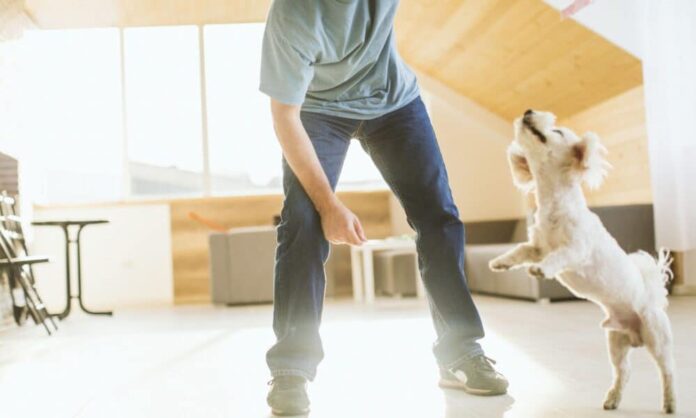How to Address Your Dog’s Jumping Behavior: Effective Strategies for Safety and Training
Seeing your dog leap for joy is undoubtedly one of the happiest sights for any pet owner. However, for households with elderly individuals or larger pets, this exuberance can pose a safety risk. Understanding the motivations behind your dog’s jumping behavior is essential for implementing effective training solutions. This article provides insights and practical tips to help you manage and redirect this action safely.
Understanding the Reasons Behind Dog Jumping
Jumping can occur for various reasons, including:
- Fearful jumping: This may stem from a lack of socialization skills.
- Attention-seeking jumping: Dogs often jump as a way to gain their owner’s focus.
- Excess energy: Hyper dogs or those with pent-up energy are likely to jump out of excitement or boredom.
If any of these behaviors sound familiar, don’t worry! Here are some effective strategies to help you address your dog’s jumping habits.
1. Redirect Their Energy
Pent-up energy is often the culprit behind excessive jumping. Engaging your dog in regular physical activities is key to reducing this behavior. Activities such as:
- Walking
- Running
- Indoor playtime
These activities will not only provide valuable mental stimulation but will also help tire your dog out, making them less likely to jump up when excited.
2. Create a Safe Space
When a dog feels threatened or scared, their behavior can change dramatically. Establishing a designated safe space can provide your dog with a retreat when they feel anxious. Make this area inviting with positive reinforcements like treats and toys, allowing them to associate the space with comfort and safety.
3. Enhance Socialization Skills
Dogs with poor social skills often struggle to communicate effectively with other dogs, leading to jumping as a form of greeting. To improve your dog’s interactions:
- Gradually expose them to various environments and social settings.
- Consider professional guidance from a dog trainer or behaviorist to tailor a socialization plan that meets your dog’s needs.
This foundation will help your dog learn appropriate behaviors and better respond to social cues, reducing impulsive jumping.
4. Adopt a Neutral Response
One of the most common reasons dogs jump is to seek attention from their owners. If your dog jumps up, turn away and avoid eye contact. By not reacting, you reinforce the idea that calm behavior is the key to receiving your attention. When your dog settles down and remains calm, reward them with gentle praise or treats to encourage this behavior.
Conclusion
Managing your dog’s jumping behavior requires patience and consistent training. By redirecting their energy, providing a safe space, enhancing social skills, and adopting a neutral response to their jumping, you can help foster a calmer and more well-behaved pet. If you have additional tips or experiences to share, feel free to add your insights!












